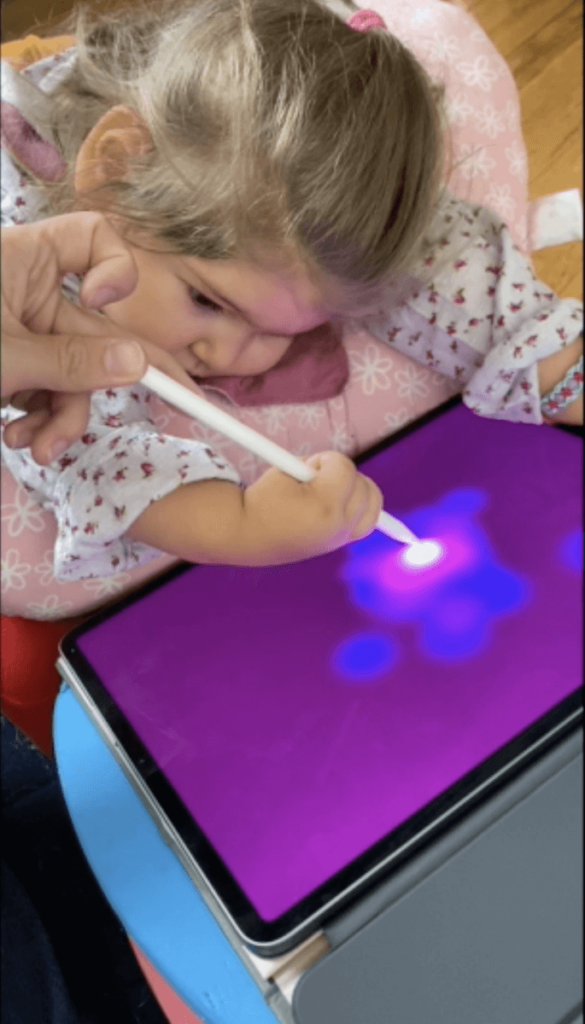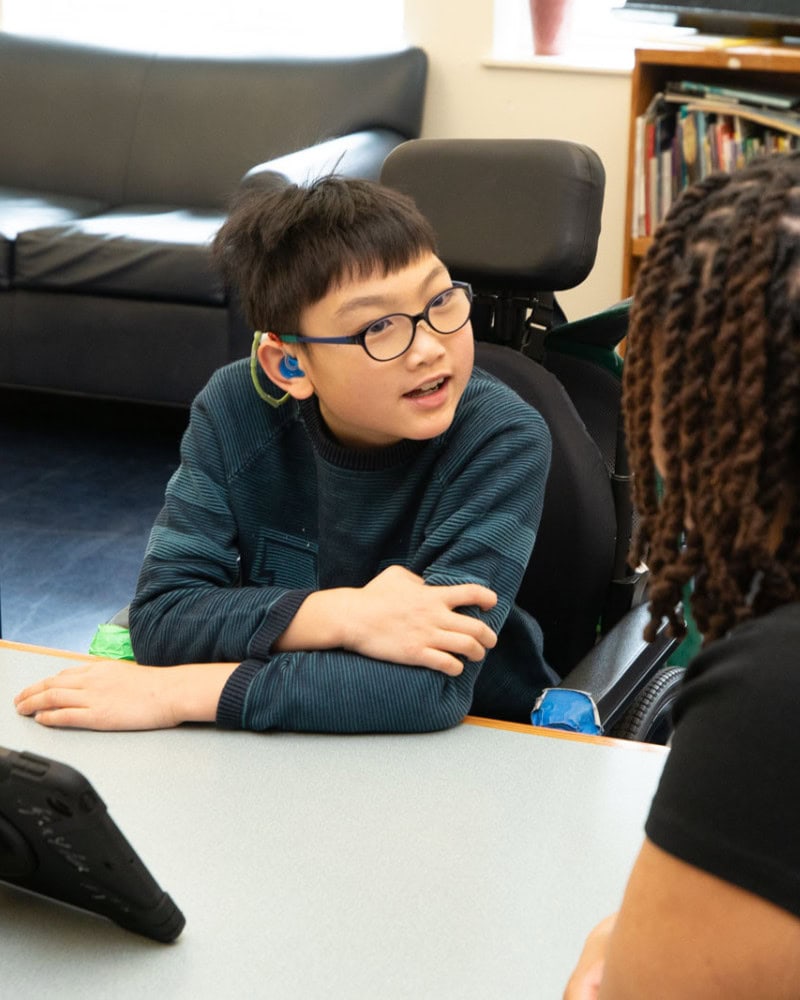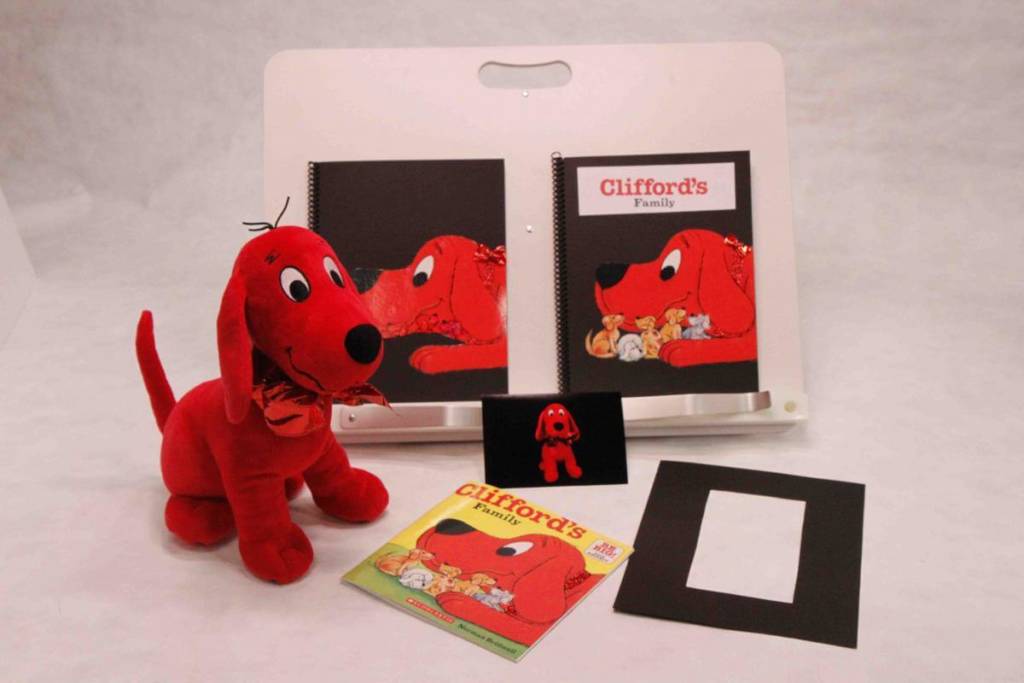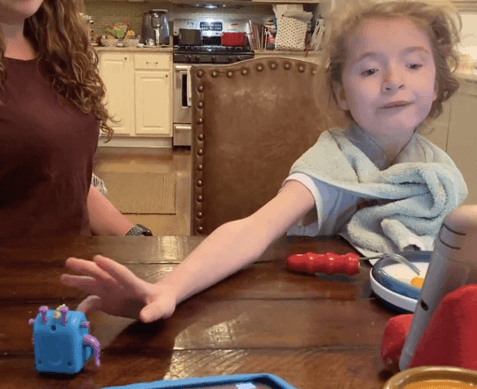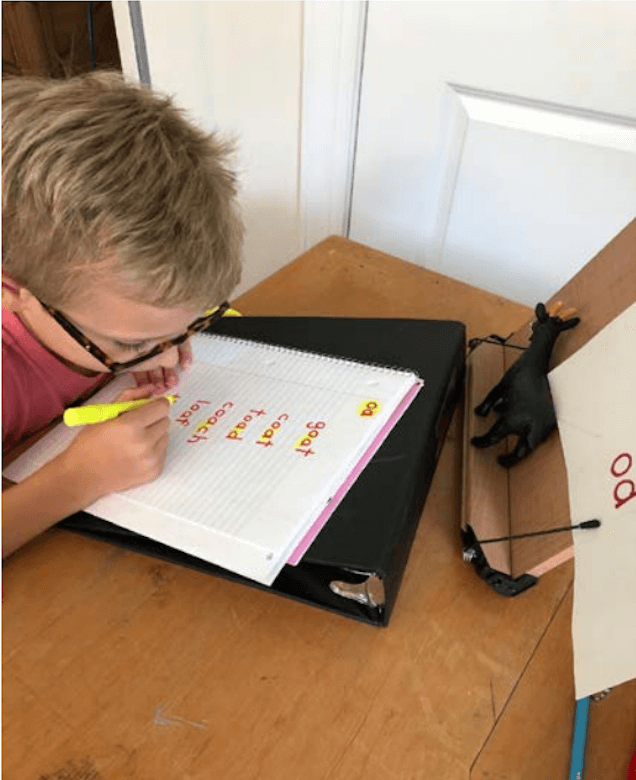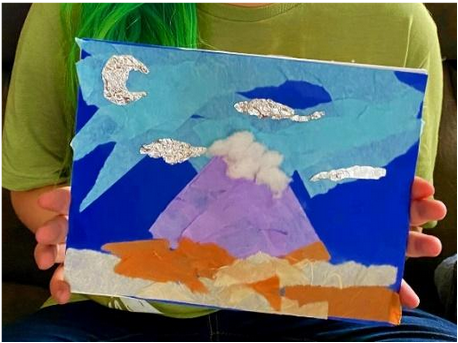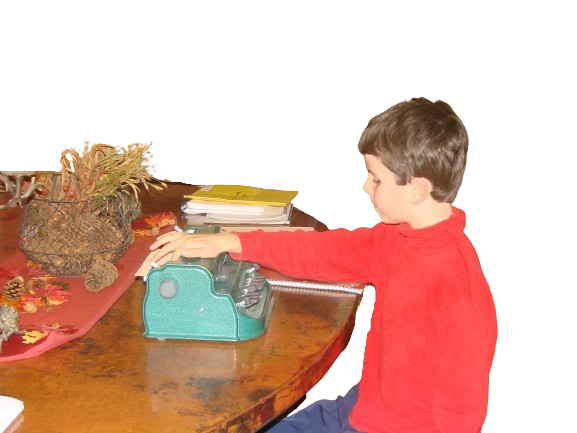Perkins Academy
The Perkins CVI Certificate
Build your expertise in the leading cause of childhood blindness, Cerebral/Cortical Visual Impairment, with The Perkins CVI Certificate Program.
Learn about the impact of CVI, how to use The Perkins CVI Protocol to assess students, and equip yourself with the intervention strategies and instructional planning practices used in classrooms at Perkins School for the Blind and by Perkins-trained teachers all over the world.
The 4-course certificate program starts in January 2025.
What should be in your CVI toolbox?
Itinerant TVIs often have to modify materials quickly on the fly as they move from classroom to classroom, school to school, district to district. Make your life easier by putting together some tools to have on hand!

